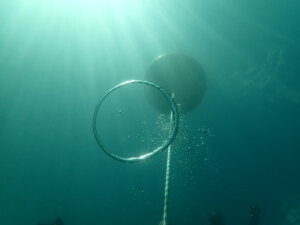
Currently reading Shoshani (2025) on “Teachers’ flow, emotional well-being, and optimal teaching and learning experiences”
I’ve been vaguely interested in the persistence of emotions ever since Marlis’ presentation about eco-emotions since at least mine can fluctuate enormously (which makes it very hard to fill in…
